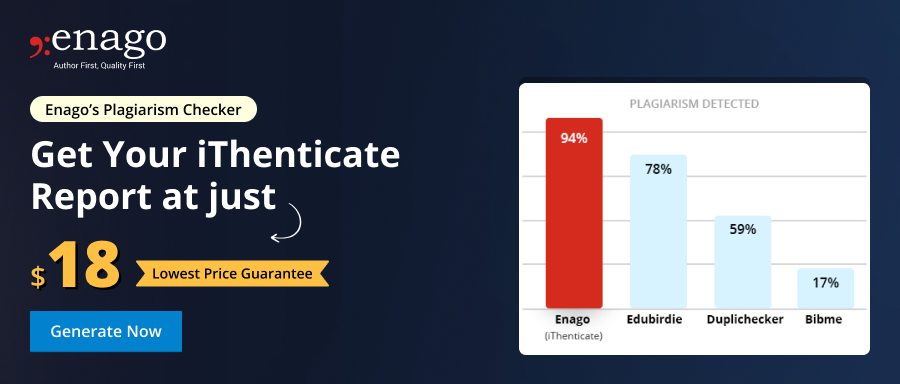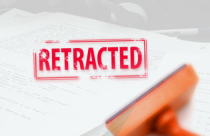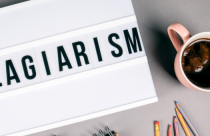How to Avoid Duplicate Publications using a Similarity Checker?

A practice annoying journal editors and readers alike is the publication of the same paper in different journals—duplicate publication or multiple publications, often called self-plagiarism. An author might submit the same manuscript to two different journals at the same time, and if both accept it he will have two publications instead of one. Or an author might publish an article in one journal and later change the title, re-work on the text to give it a different slant, and submit to another journal. However, the data and conclusions are the same in both articles and the author does not inform the journal of this. In such cases, you can compare both articles for plagiarized content using the best plagiarism checker tools.
Why it’s Wrong?
Multiple submissions and duplicate publications is a waste of time and effort. Editors and reviewers have more than enough work to do; journals already receive more manuscripts than they can publish. Why should they waste their time working on an article that has already been published and has been through the mill before? Journal publications are something of a zero sum game; only a certain number of pages can be published per issue. To detect and prevent such issues, an originality checker can be used to ensure each manuscript is unique.
Publishing a duplicate paper often means that someone else’s article won’t get published or will have to wait for a longer time to see the light of day. Readers don’t like being snookered either. Once I saw an interesting title in an obscure journal on a subject of interest and turned to the article, only to find that it was a barely warmed-over duplicate of an article I had already read. Not a big waste of time, but a waste of time. A duplicate check can help identify instances of repetition, saving readers from this frustration.
Reasons for Duplicate Publication
Duplicate publication is generally done by researchers trying to pad a resusme to improve their chances of getting tenure or promotion. Unfortunately, institutions encourage this behavior by setting a minimum number of publications in their criteria for tenure/promotion. The quality of the publications doesn’t matter, only the number. I know of a researcher who was denied tenure because of too few publications, even though the publications to his credit were some of the more cited in the field. Quantity, not quality is too often the key. Quantity, not quality, is too often the key. Using a duplicate content checker could ensure that all submitted work is original and not a mere rehash of earlier articles.
When is Duplicate Publication Justified?
There are times when duplicate publication is allowed—translations, for example. If an article is published in a language little understood by the research community, it might be appropriate to later republish it in an English language journal for wider dissemination. But the latter publication will be labeled as a translation. Also, an author may want rewrite a highly technical article, on global warming perhaps, into a more generally understandable publication for the popular press. But here too, there will be a disclaimer that the article is based on a previous publication. Such disclaimers distinguish an ethical publication from a self-plagiarized article, so that the journal editors and the readers are aware of what they are reading.
In conclusion, maintaining originality and ethical publishing practices is essential for the integrity of academic research. Utilizing tools like similarity checkers can help prevent self-plagiarism and ensure transparent, responsible publishing.










